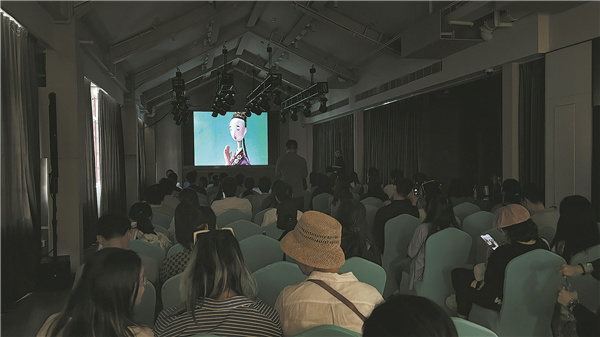

The films are arranged in four chapters, showcased in posters, manuscripts, stopmotion puppets, storyboards and so on, revealing the creative process and evolution of the art and craft of animation filmmaking.
"This exhibition is a dialogue that goes beyond time and space when we rediscover the heritage and artistic achievements of pioneering animation artists," says Peng Yong, deputy general manager of the animation film studio.
"It also provides new inspiration and motivation for the younger generation of animation creators."
Qiu Anxiong, the curator of the exhibition, recalls his childhood experience of watching cartoon movies shown before the feature film in the cinema.
"Very often I enjoyed the cartoon more than the feature film," he says.
Later on, when he became a contemporary artist, cartoon movies, such as Nezha Against the Dragon King, inspired him to create one of his most significant art projects, The New Book of Mountains and Seas.
"As a child, I watched the cartoon movies simply for fun, without any artistic or aesthetic judgment," he says at the opening.
"When I grew up and became a professional artist, I took a fresh look at them and found them artistically impeccable, often with elements of Chinese ink painting and other strong stylistic expressions."
The Shanghai studio has achieved such artistic heights that it was widely recognized in the world animation art scene as the representative China school.
"Looking back, I feel more and more grateful for the artistic nourishment these films brought me as a child," he says.
Qiu has brought together a group of contemporary artists to create The Window Project for the exhibition, consisting of installations, live music, poetry, performances and more.
All those are showcased in giant glass boxes in different corners of the Inlet, a lifestyle hub refurbished from old houses along eight lanes at the juncture of Sichuan Road North and Haining Road in the city.